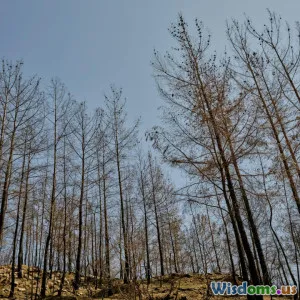
7 Unexpected Benefits of Pocket Parks in Crowded Neighborhoods
24 min read Discover seven surprising ways pocket parks transform dense neighborhoods—boosting mental health, cooling heat islands, managing stormwater, nurturing biodiversity, and strengthening social ties with low-cost, high-impact urban green spaces. (0 Reviews)
7 Unexpected Benefits of Pocket Parks in Crowded Neighborhoods
City life teaches us to accept tight spaces: narrow sidewalks, compact apartments, and public squares where you circle for a seat. That is exactly why pocket parks feel like a small miracle. Slotted into leftover lots, odd corners, and curb extensions, these tiny green rooms rarely crack half a block in size. Yet they can carry an outsized punch for overheated streets, stressed neighbors, and struggling storefronts.
Most people expect pocket parks to offer shade and a place to sit. That is true, but the quiet magic lies in what they also change: air temperature, noise, water flows, wildlife corridors, social ties, neighborhood economics, and even driver behavior. When designed with intention, a compact patch of trees, planters, and benches can nudge a busy block toward health, resilience, and prosperity.
Below are seven less obvious benefits of pocket parks, plus practical design moves you can use on your own block. Each section pairs evidence-backed insights with specific steps, so you get more than inspiration; you get a playbook.
1) Heat relief you can feel: microclimate tweaks that lower bills

In dense neighborhoods, a small canopy can shift a summer day from punishing to pleasant. Trees and groundcover absorb incoming sunlight and release water vapor that cools the air through evapotranspiration. The result is a hyperlocal microclimate effect that you can actually feel.
What the science and field measurements suggest:
- Shade consistently lowers surface temperatures by double digits in degrees Fahrenheit compared with bare asphalt. Under a healthy canopy, pavement can run tens of degrees cooler at midday.
- Ambient air temperature in and around vegetated pockets often dips by roughly 1 to 3 degrees Celsius during heat waves, enough to change comfort levels and reduce the urge to crank air conditioners.
- Built shade structures paired with vines can cut radiant heat exposure further while staying compact in tight spaces.
Actionable design moves for heat relief:
- Layer your canopy. Combine one or two small-stature trees with an understory of shrubs and a living ground layer. The stacked vegetation reduces reflected heat at multiple heights.
- Focus shade where people linger. Place trees to shade benches by midmorning and late afternoon when sun angles are low and heat stress is high.
- Use light-colored or permeable paving. Permeable pavers and decomposed granite not only drain water but also avoid the heat bank effect of blacktop.
- Add a water feature for evaporative cooling. Even a modest bubbler or rill can add noticeable comfort on still days, and the sound also masks traffic noise.
How to measure your success:
- Purchase two inexpensive temperature loggers and place one in the pocket park and one on a nearby unshaded sidewalk for a week. Track midday differences to demonstrate impact to neighbors and funders.
- Ask adjacent businesses to share anecdotal energy savings or note fewer customer complaints about heat once the park is established.
2) Quieter corners that sharpen minds
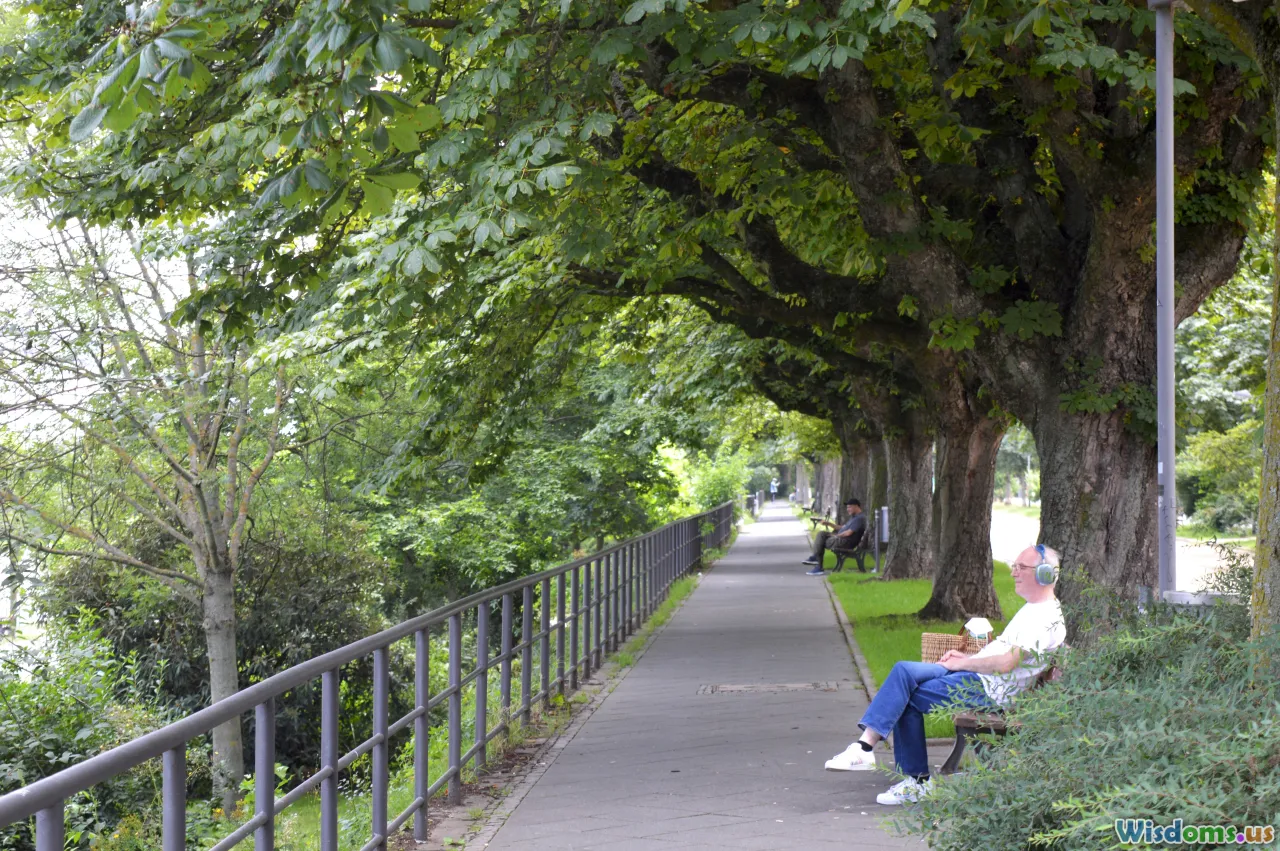
Most city noise is friction: tires on pavement, engines accelerating, conversations echoing off walls. Vegetation cannot eliminate it, but it can soften and scatter sound while creating a psychologically quiet refuge that helps people think and relax.
What research and practice indicate:
- Dense plantings with varying leaf sizes and textures scatter and absorb high-frequency sound. While the effect varies, modest reductions of a few decibels are common; perceptually, every 10 decibels feels roughly like halving loudness.
- Soft surfaces matter. Soil, mulch, and vegetated berms absorb sound better than hard concrete, especially when paired with shrubs and hedges.
- Water and white noise. Small fountains or trickling features provide consistent, soothing sound that masks intermittent horns and sirens, reducing perceived noise and stress.
Design tips for quieter microspaces:
- Build a green edge. A waist-high evergreen hedge or layered border of shrubs can create a calm zone behind it. Use species that hold foliage year-round for winter traffic noise.
- Stagger elements. Alternate hedges, trellises with vines, and planters to avoid straight, reflective corridors of sound.
- Position seating strategically. Tuck benches behind plantings or around a corner from the street line so that vegetation sits between people and traffic.
- Consider a small berm. Even a 30 to 60 centimeter rise planted with native grasses can enhance sound attenuation and offer visual separation without blocking visibility for safety.
Real-world use cases:
- After-school reading circles and homework clubs perform better in quieter nooks. Organize a weekly study hour and observe fewer concentration breaks compared with a sidewalk table near traffic.
- Teleworkers and freelancers grab lunch-hour seating for calls. Provide one or two benches with a backrest and armrests and watch them become micro-offices, bringing life to the park through the day.
3) Pocket-scale stormwater infrastructure that prevents floods
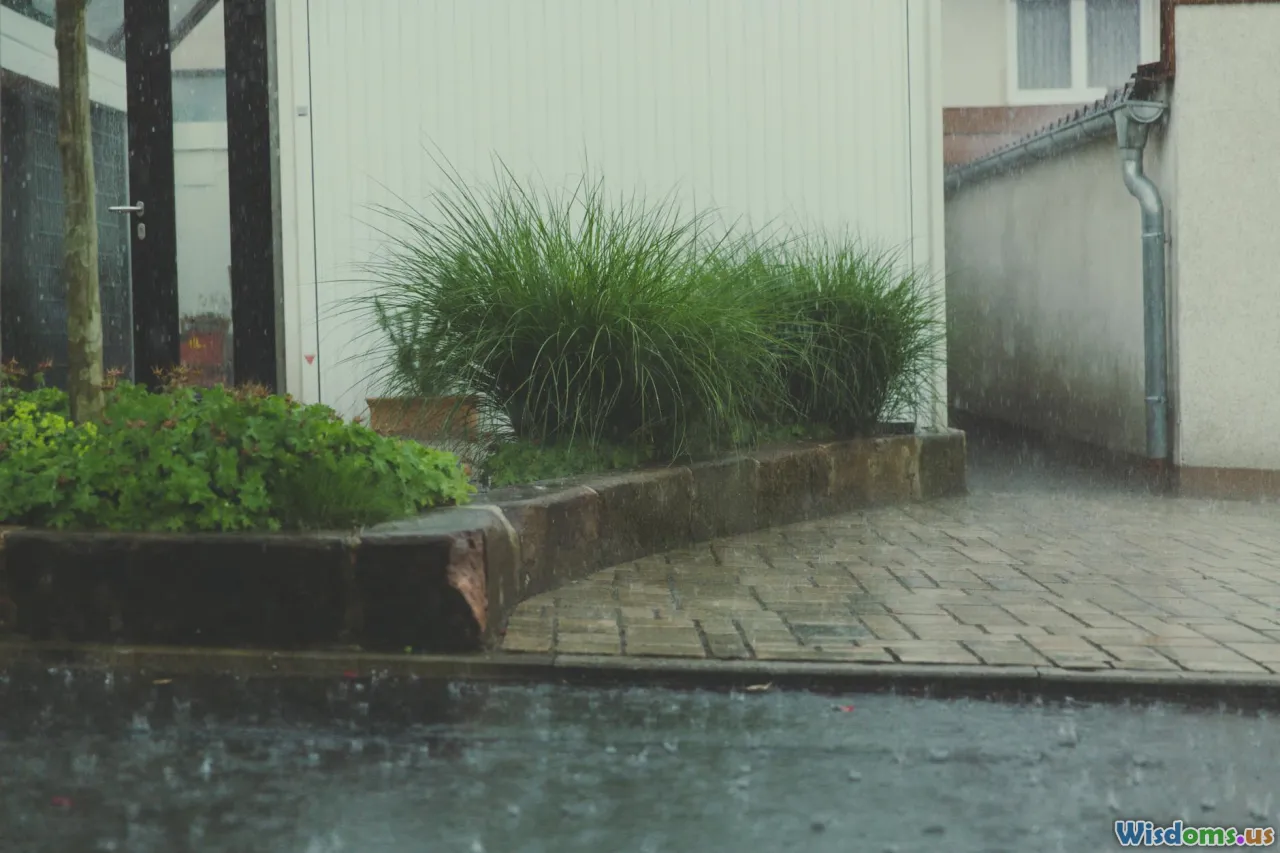
A surprising superpower of pocket parks lies beneath your feet: they can sponge stormwater that otherwise races into sewers and floods basements. In older neighborhoods with combined sewer systems, even a brief summer downpour can overwhelm pipes. A small rain garden within a pocket park gives stormwater a place to infiltrate instead of surge.
Know your numbers:
- One inch of rain on 1,000 square feet of impervious surface yields about 623 gallons of runoff. That is a lot of water for a block to handle all at once.
- A 400-square-foot rain garden designed to pond water to a depth of 15 centimeters can temporarily hold roughly 1,500 gallons, not counting additional infiltration during the storm.
- Permeable paving on an adjacent plaza area can store water in its gravel base, releasing it slowly to the soil.
How to build a high-functioning mini sponge:
- Start with a percolation test. Dig a small hole, fill it with water, and time how long it drains. A rate of about 2.5 centimeters per hour or better is ideal; slower soils may need underdrains or amended soils.
- Connect the sources. Redirect one or two building downspouts toward the rain garden via a shallow swale or buried pipe with a leaf filter. Always include an overflow route for major storms.
- Layer the soil. Use a mix of sand, compost, and topsoil in the rain garden to encourage infiltration while supporting plant roots.
- Choose wet-tolerant natives. Plant sedges, rushes, blue flag iris, bee balm, and other species that can handle periodic inundation and dry spells.
- Frame with curb cuts. If the pocket park sits along the curb, integrate a curb cut to accept street runoff, and protect inlets with trash screens that volunteers can clean after storms.
Financial and regulatory bonuses:
- Many cities offer stormwater fee credits or small grants for green infrastructure. Pocket parks with rain gardens often qualify because they measurably reduce runoff.
- Insurance claims for minor flood damage can drop when street grades and planted basins keep water off sidewalks and away from doorways.
Community engagement idea:
- Host a rain gauge challenge. Install a simple gauge in the park, post storm totals on the bulletin board, and celebrate the gallons captured after big events. It turns science into neighborhood pride.
4) Tiny biodiversity hubs with outsized ecological value

It takes surprisingly little to make life easier for insects and birds. In many cities, flowering resources are scattered and seasonal. Pocket parks, even as small as a few hundred square feet, can provide continuous nectar, shelter, and water — and serve as stepping stones that connect larger parks.
Why small habitats matter:
- Pollination services power much of the food system. A large share of global crops benefit from animal pollination. Urban areas can support native bees and butterflies that, in turn, strengthen nearby community gardens and balcony planters.
- Native plant richness scales down. You do not need a meadow to support pollinators; a dozen well-chosen native species that bloom from early spring to late fall can keep a micro-habitat buzzing.
- Birds need structure. Even one small tree, a thicket of shrubs, and a water dish can give wintering and migrating birds a safe rest stop away from hardscapes and predators.
Design a pocket biodiversity recipe:
- Use the three-two-one rule. Aim for three canopy or small ornamental trees, two layers of shrubs, and one continuous understory of flowering perennials and grasses. Adjust quantities to fit the site.
- Plant a bloom calendar. Choose early, mid, and late season flowers: spring ephemerals or early-blooming bulbs; summer workhorses like coneflower and basil allowed to flower; and fall stalwarts like asters and goldenrod.
- Include host plants. Monarchs use milkweed; many native butterflies rely on specific grasses or legumes. Add at least two larval host plants to support full life cycles.
- Leave some mess. A tidy park can still leave stems standing over winter and a corner with brush or leaf litter for overwintering insects.
- Add water and grit. A shallow bird bath with stones for perches, refreshed frequently, fills a critical need. Puddling spots of damp sand or soil help butterflies.
How to track biodiversity gains:
- Conduct 10-minute pollinator counts monthly from spring to fall. Log bees, butterflies, and beetles on a shared sheet or citizen science app.
- Invite a local bird club for a mini-walk at migration times. Their species lists create momentum and can support small grants for habitat improvements.
5) Social glue: micro-parks build trust, not just paths

Pocket parks become third spaces — neither home nor work — where neighbors bump into one another, trade favors, and solve problems. That social glue translates into safer streets and stronger support networks.
What makes small parks social engines:
- The scale feels approachable. People are more likely to strike up conversations in intimate settings than on sprawling lawns where they feel anonymous.
- Repeated, low-stakes encounters build familiarity. A morning coffee bench or an evening dog stop creates reliable moments of contact that turn strangers into acquaintances, and acquaintances into friends.
- Visible care deters disorder. Fresh paint, tended plants, and swept pathways signal that people are watching and invested. That in turn discourages littering and minor vandalism.
Programming that works in tiny spaces:
- Micro events. Host a one-hour tea stand on Wednesdays, a seed swap in spring, or a five-book pop-up library on weekends.
- Skill shares. Invite a neighbor to run a bike repair hour or language exchange at the same time each month.
- Intergenerational moments. Chalk art afternoons bring kids and parents; early morning tai chi appeals to elders. Mixing ages reduces conflict and builds empathy.
How to organize stewardship without burnout:
- Form a Friends-of-the-Park group with a lightweight charter: a core crew of three to five people with sharing of simple roles such as plant care lead, events lead, and communications lead.
- Set a micro-volunteer model. Encourage drop-in help rather than long meetings. A signup board for one task per week keeps contributions manageable.
- Create care infrastructure. Store tools in a small lockbox, and keep a posted calendar of water days in summer. A park that is easy to care for will be cared for.
- Partner with local institutions. A nearby school or senior center can adopt a bed or host a monthly clean-up. Small commitments add up.
Conflict prevention tips:
- Post gently phrased community guidelines and include a clear contact for issues.
- Design for visibility and comfort: open sightlines, well-lit paths, and a mix of seating heights and types so everyone finds a spot.
6) A sales bump for the corner store and a stage for micro-entrepreneurs
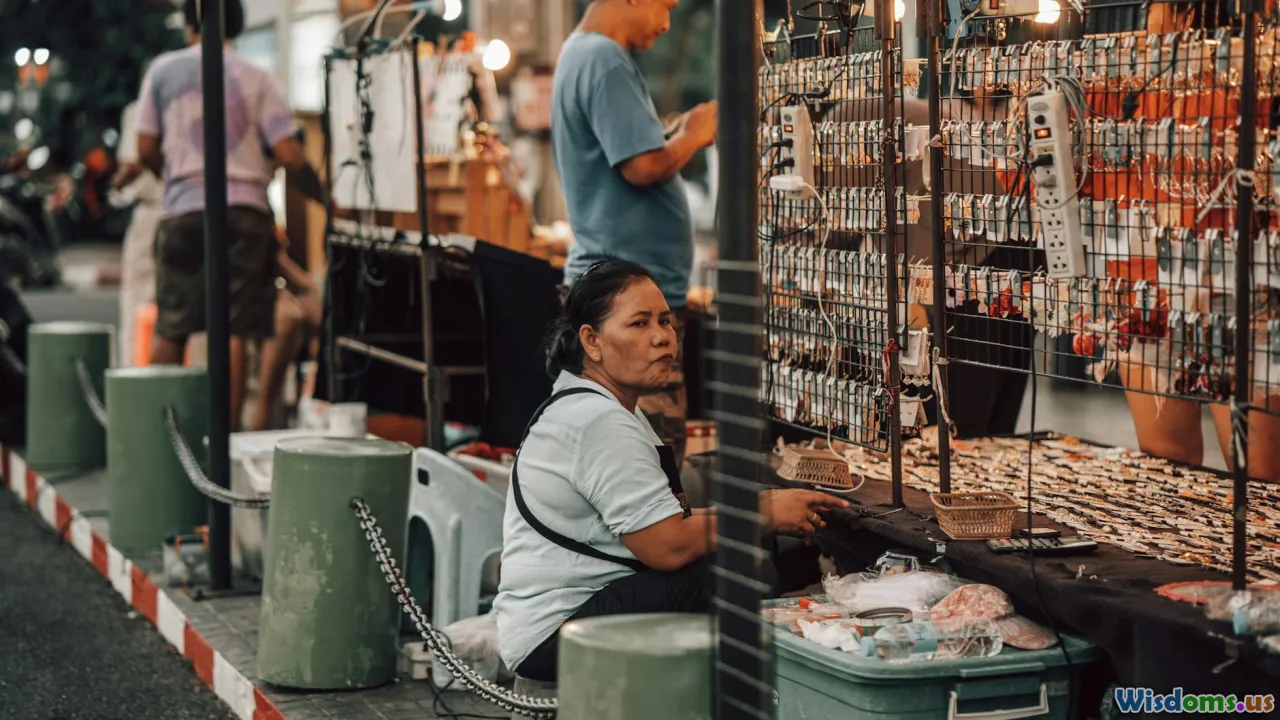
Greener, more comfortable streets invite lingering, and lingering often turns into spending. For the cafe, the repair shop, or the family grocer next door, a pocket park can be a tide that lifts nearby retailers. It also opens a low-barrier stage for neighborhood entrepreneurs to test ideas.
Where the economic lift shows up:
- Increased dwell time. Shady seating keeps people around longer, and longer visits correlate with higher retail sales. Even a few minutes more can translate into extra purchases.
- Better first impressions. Green, tidy frontage makes a block feel cared for and safe. That improves the chance that passersby will step inside a shop they have not tried before.
- Event-driven traffic. A Saturday plant swap, poetry reading, or mini-market draws visitors who then grab snacks or run errands nearby.
How to make commerce and community play well together:
- Program consistent micro-markets. Start with a once-a-month two-hour slot for local vendors: handcrafted soaps, baked goods, or repair services. Keep booth fees minimal to prioritize resident sellers.
- Provide infrastructure. Access to one or two power outlets, movable tables, and a lockable storage bench simplify setup. A posted map of vendor spots avoids turf battles.
- Coordinate with merchants. Bundle park events with in-store promotions, such as a receipt discount for those who attend a park cleanup or a free sample during a reading hour.
- Keep it equitable. Reserve some vendor slots for residents within a short walk. Offer a community table where people can share resources or promote services for free.
What to measure and share:
- Pedestrian counts before and after events or greening days, taken at the same time each week, show change over time.
- Shopkeeper anecdotes are data too. Collect feedback on foot traffic, average ticket size, and customer mood during heat waves after the park goes in.
Gentrification concerns are real. Use a community benefits approach: prioritize programming that serves current residents, publish transparent budgets, and avoid design choices that price people out, such as overly exclusive seating or restricted hours.
7) Safer, slower streets without a traffic fight
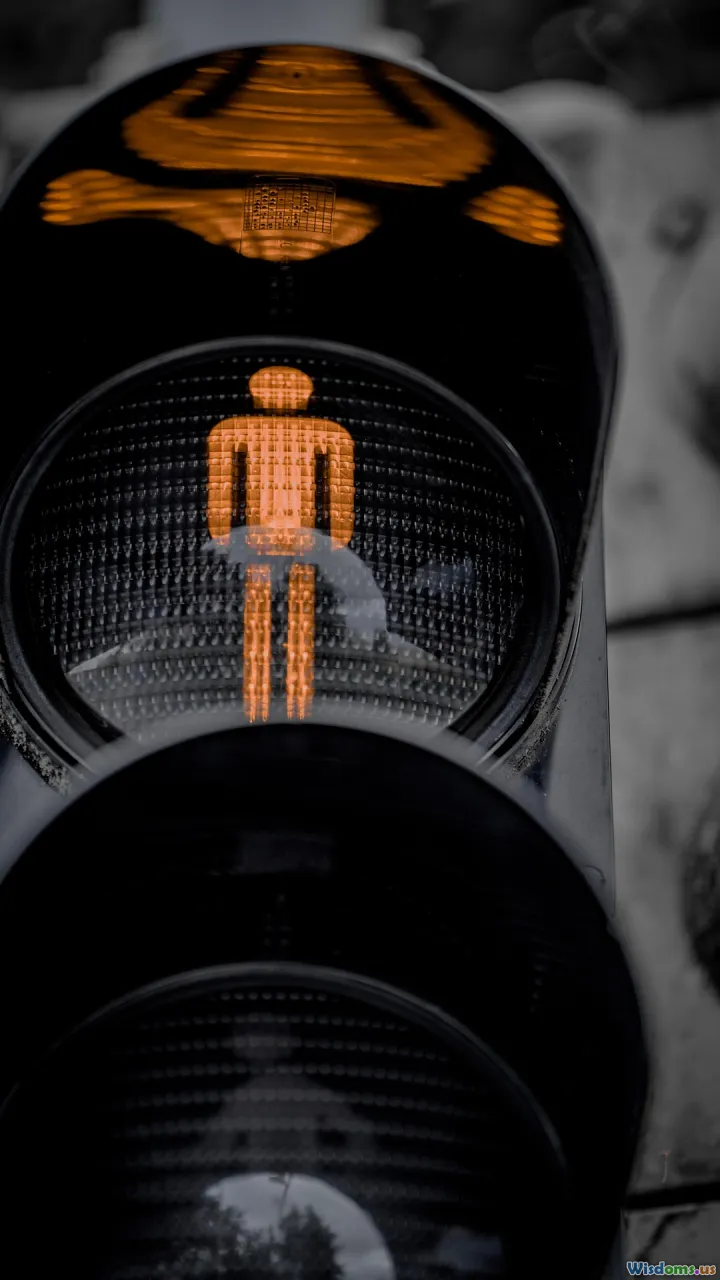
Pocket parks often appear where traffic space is reallocated: a bulb-out at a corner, a midblock curb extension, or a reclaimed slip lane. The greenery is not just decoration. It changes how drivers behave and how pedestrians move, often improving safety without an adversarial push for heavy-handed enforcement.
Why this works:
- Narrower visual corridors cue drivers to slow down. Planters and trees at the edge of the roadway create a self-enforcing speed reduction without signs or speed bumps.
- Shorter crossings cut risk. Curb extensions reduce the distance someone spends in the street, lowering exposure to moving vehicles and improving visibility between drivers and people crossing.
- Daylighting ends. Removing a couple of parking spaces at corners and replacing them with planted areas restores sightlines for turning drivers and pedestrians.
How to design a street-safe pocket park:
- Use modular planters and flexible posts. They are easy to install and adjust, and their presence signals a changed environment even to unfamiliar drivers.
- Keep clear zones. Maintain a low planting palette at corners so sightlines remain open. Taller trees can be set back slightly with high canopies that preserve visibility.
- Mark the pavement. High-contrast paint or decorative surface treatments alert drivers, while patterned textures signal a pedestrian-priority space.
- Add nighttime cues. Reflective edges on planters and low bollard lighting improve visibility without creating glare.
Quick-build to permanent:
- Pilot for a season with paint, planters, and movable furniture. Monitor speeds with a simple radar gun or smartphone app and count near-miss conflicts during peak hours.
- If results show fewer conflicts and lower speeds, work with transportation staff to harden the design with concrete curb extensions, permeable pavers, and permanent trees.
Community tip:
- Pair safety design with human presence. Encourage lunchtime seating and after-school play. People occupying the space reinforce to drivers that this is a place, not a shortcut.
A final word before you pick up a shovel: pocket parks are most powerful when they solve real problems for local people. Talk to elders about crossing times and summer heat, ask delivery drivers where turns feel tight, and work with parents to understand stroller routes. Then design accordingly. You will end up with a place that earns affection and care — the only sustainable maintenance plan any public space can have.
The good news is you do not need a citywide plan to start. You need a block, a few partners, and the willingness to try small, measurable experiments: a planter cluster that shades the bench by August, a rain garden that keeps one puddle off a basement door, a chalked plaza that slows cars long enough for neighbors to wave. That is how the urban fabric changes — one pocket at a time, until the whole neighborhood feels cooler, calmer, kinder, and more connected.
Rate the Post
User Reviews
Popular Posts


















